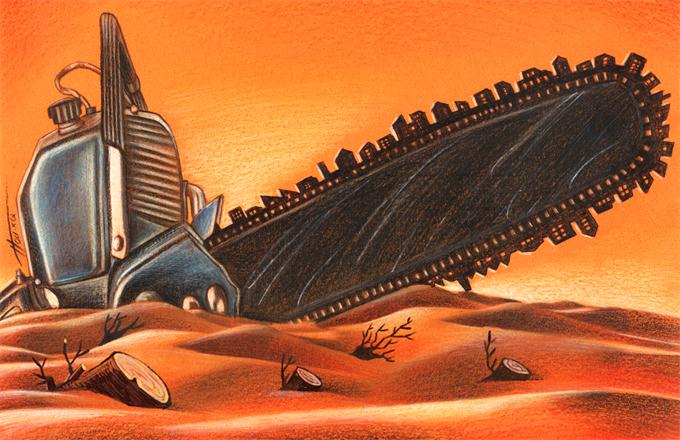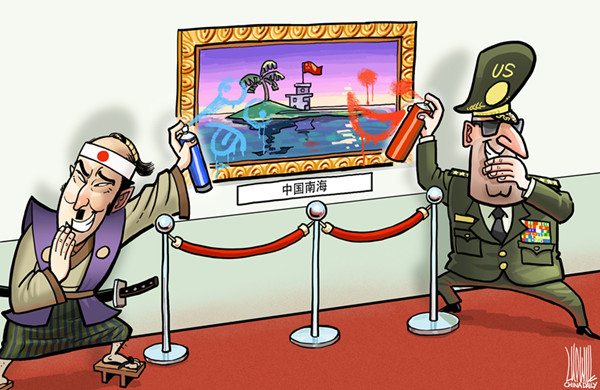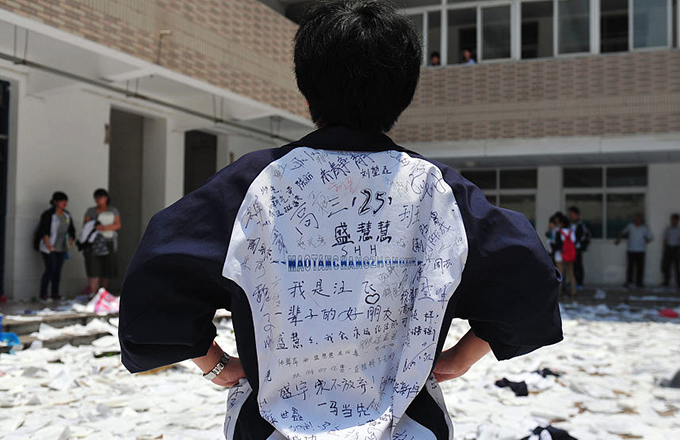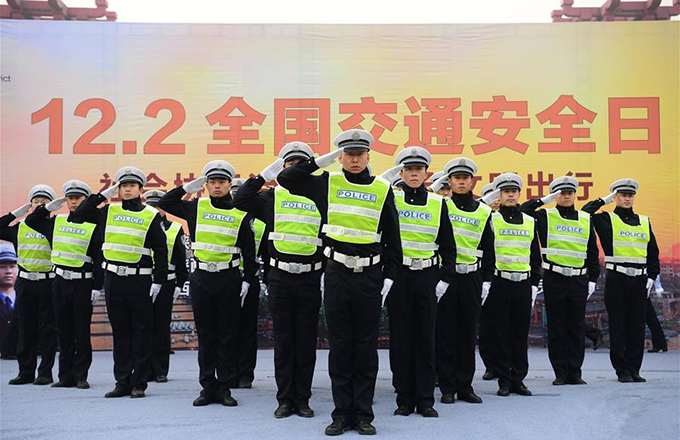Cooperation between China and Europe runs through Kazakhstan
The Shanghai Cooperation Organization (SCO) summit in Kazakhstan took place on 8-9 June. The next day, the 2017 Astana Expo, which is scheduled to last for three months, got underway. These two events are indicative of Kazakhstan's – and Central Asia's – growing geopolitical and geo-economic importance.
China and Russia are the biggest nations which are currently members of the SCO. The other four are all Central Asian states: Kyrgyzstan, Tajikistan, Uzbekistan and Kazakhstan itself.
Thus, due to its membership, the focus of the SCO is undoubtedly on Central Asia so far. This is also a vital region for the Silk Road Economic Belt, which is one half of China's Belt and Road Initiative.
The Silk Road Economic Belt's overland route to Europe passes through Central Asia. The most important aspect of this route undoubtedly consists of rail links. Up to now the performance of these railroads has been steady but relatively unspectacular. However, this situation is set to change as China puts an increasing emphasis on connectivity across the Eurasian landmass.
At a recent conference in Poland, scholars from Chengdu's Sichuan University emphasised how much the China-Europe rail connection has progressed in recent months. For the first time, they said, Polish apples were delivered to Chengdu's markets by train in May. The delivery was several weeks faster than via the maritime route, demonstrating what can be achieved.
Apples may seem like an insignificant trade item, but in terms of Sino-European cooperation via the Central Asian route, the delivery of these humble fruits represents more than a symbolic step forward. While the number of trains between China and Europe has been increasing rapidly, most of the wagons sent from China have been coming back empty up to now. The fact that Europeans are beginning to see the possibilities for exporting certain goods to China by rail brings a new dimension to the emerging land route across Russia and Kazakhstan.
The Sichuan University academics pointed out that the city of Chengdu is building a huge railway 'port' to deal with trade to and from Europe. Next to the port there is a market, some sections of which are set up to sell European luxury goods and other items. The railway through Central Asia is clearly assuming ever-greater significance for landlocked Sichuan.
The next step, they said, is to persuade European companies that the new trade route can be profitable, and that there are Chinese customers who wish to buy their products. If that happens, the Silk Road Economic Belt will really begin to take off as momentum gathers and more entrepreneurs begin to understand the route's potential.
As far as Central Asia is concerned, growing Sino-European trade would only be good news. As the route crosses their territory, Central Asians can also cash in, receiving a percentage of the proceeds generated and boosting their economies.
Encouraging increasing economic interdependence between countries is one of the main aims of the Belt and Road Initiative. Improving infrastructure and transport links between countries along the new Silk Road is therefore key to the success of China's initiative.
At the same time, it is important to remember that the Silk Road Economic Belt is based not on unrealistic dreams but on sound economic principles of supply and demand. As new markets are created, there is money to be made by anybody who gets involved. This is the reason why President Xi Jinping, who is visiting Kazakhstan for the SCO summit and the opening of the Astana Expo, continually stresses that the Belt and Road Initiative is intended to create win-win synergies across the more than 60 nations included.
As a facilitating organisation, the SCO is also key to the success of the new Silk Road's land route. By providing a forum in which the interested parties can exchange ideas and information, it helps to smooth possible tensions and create an atmosphere of trust, most notably between China and Russia.
Central Asians, who have historical ties to Russia, understand the importance of maintaining a working relationship with their massive northern neighbour. Finding synergies between the SCO and Russia's Eurasian Economic Union is therefore crucial to the success of the Belt and Road as far as all involved parties are concerned.
Europeans also should realise that it is in their interests to hope for positive outcomes from the SCO summit, and improved links with China via Central Asia and Russia. The world evolves through accepting change rather than resisting it.
Exploring ways to integrate European markets with Asian ones will benefit Europeans too. The route to China which passes through Kazakhstan and Central Asia is therefore likely to turn out to be a vital one as European and Asian markets continue to become economically interdependent during the remainder of the 21st century.
Jeremy Garlick is a lecturer in international relations at the Jan Masaryk Centre for International Studies, University of Economics in Prague.



















